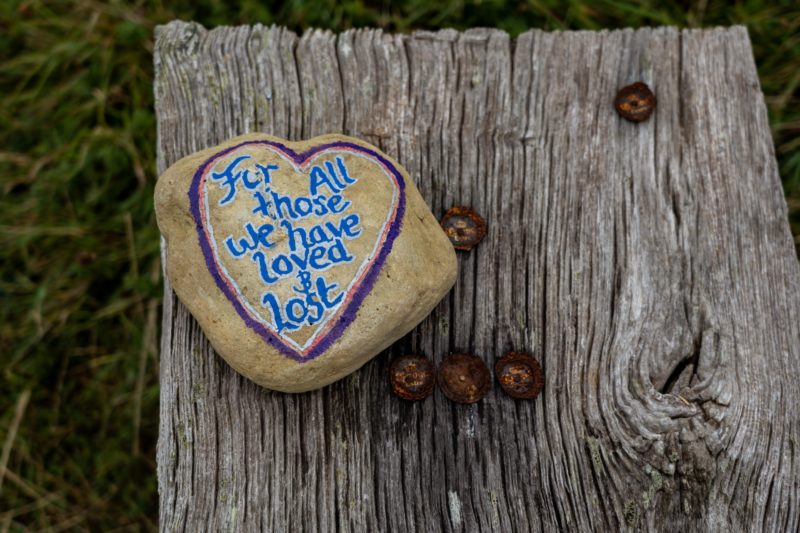
You’ve probably heard of the five stages of grief: denial, anger, bargaining, depression, and acceptance. Psychiatrist Elisabeth Kübler-Ross proposed the stages in her 1969 book, “On Death and Dying,” and more than 50 years later, many of us still use that framework to think about grief. But what do you do when your grieving doesn’t progress according to plan?
A Reality Check
First, it’s important to note that Kübler-Ross created her stage model of grief after working with and interviewing patients with terminal illness. The five stages represent the experiences of those people—meaning the stages are descriptive, not prescriptive. Her model is not a suggested path to follow; rather, it describes the process of coming to terms with loss.
Seeking Structure Within Loss
If Kübler-Ross never intended the stages to become a road map for grief, why has the model endured? Here’s a theory: Dealing with loss can throw us so off balance that we crave a clear path forward. When we’ve lost our way, the idea of a five-stage process can offer comfort that one day we will find our way out of the darkness and into some sort of light at the end of the tunnel.
We want to believe there’s a logical order to our loss, leading us to seek structure when life is upside-down and nothing makes sense. We cope by reaching for certainty—something known amid the chaos of the unknown. The stages of grief offer tantalizing hope that we will navigate our way out of the abyss of grief.
Real-World Grieving
The trouble comes when we discover that, unlike a neat and tidy five-stage scenario, our grief is all over the place. We’re angry and depressed at the same time. We think we’ve come to a place of acceptance with the loss, only to wake up the next day with a bad case of the “what ifs” and “if onlys.” We skip right past denial and get stuck in a guilt-blame cycle. Life feels like a total mess.
In reality, all of these feelings and experiences are normal. Grief and loss are messy and unpredictable—just like life.
Challenging a Linear Model
That’s why it’s important to recognize that grief isn’t linear—it doesn’t follow a straight line from denial all the way to acceptance. You don’t move through grief sequentially, and there is no timeline for it. It doesn’t follow a schedule.
Kübler-Ross herself noted that “the five stages… are tools to help us frame and identify what we may be feeling. But they are not stops on some linear timeline in grief.”
In fact, belief in a linear model can make your grieving more challenging, causing you to think you should be “farther along” the path than you are, or that you’ve regressed and lost progress. But judging yourself and your process just adds more pain to the loss you’re already grieving.
Accepting Your Own Process
Instead, it’s helpful to take a more flexible approach to grief and loss. You are a unique individual, so your grieving process will be individual and unique. The fact that your grief doesn’t look like your neighbor’s is OK. There is no “right” way to grieve, and you are not under orders to follow a universal framework of grieving. Try not to judge your feelings and your process. Instead of policing your grief, accept your experience as it is.
Help for Grief and Loss
And here’s the good news: You don’t have to grieve alone. If you need help coping with grief and loss, a mental health treatment center can provide the support you need. Note that if you find yourself unable to function more than a year after the loss, you may be experiencing prolonged grief disorder. Even so, with the proper treatment, you can find your way back to joy.
Whatever your grieving process looks like, Beachside Rehab is here to help. Call our caring admissions counselors at 866-349-1770 to learn more about our mental health treatment programs for grief and loss.
